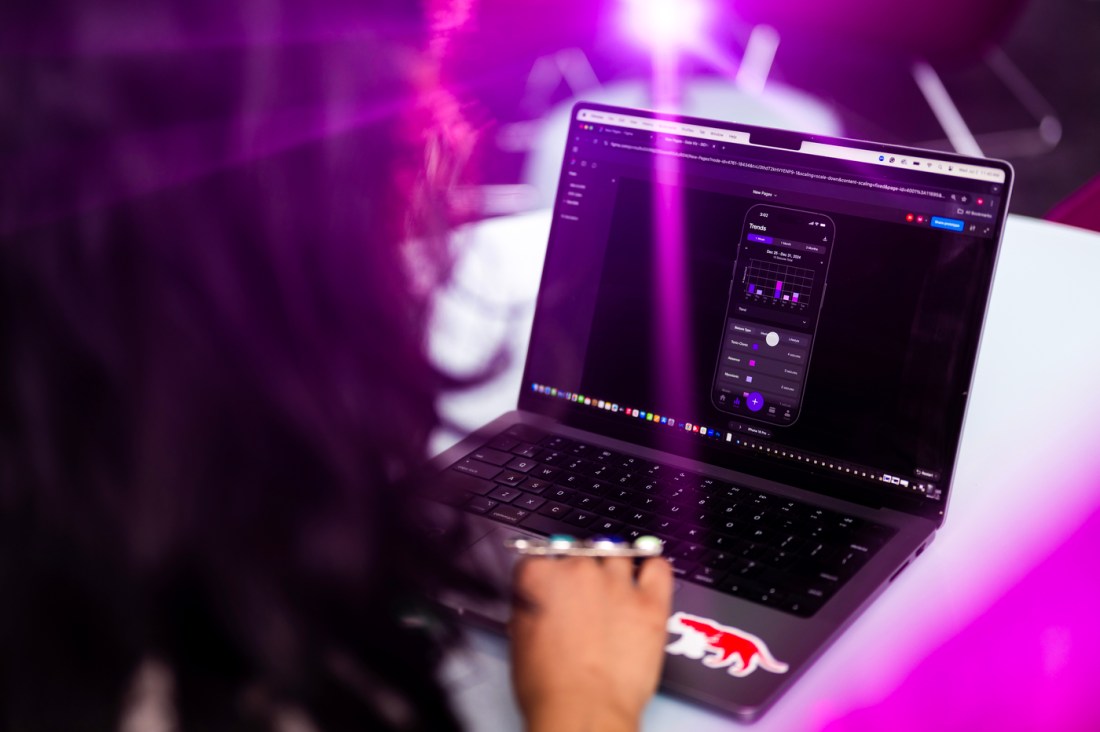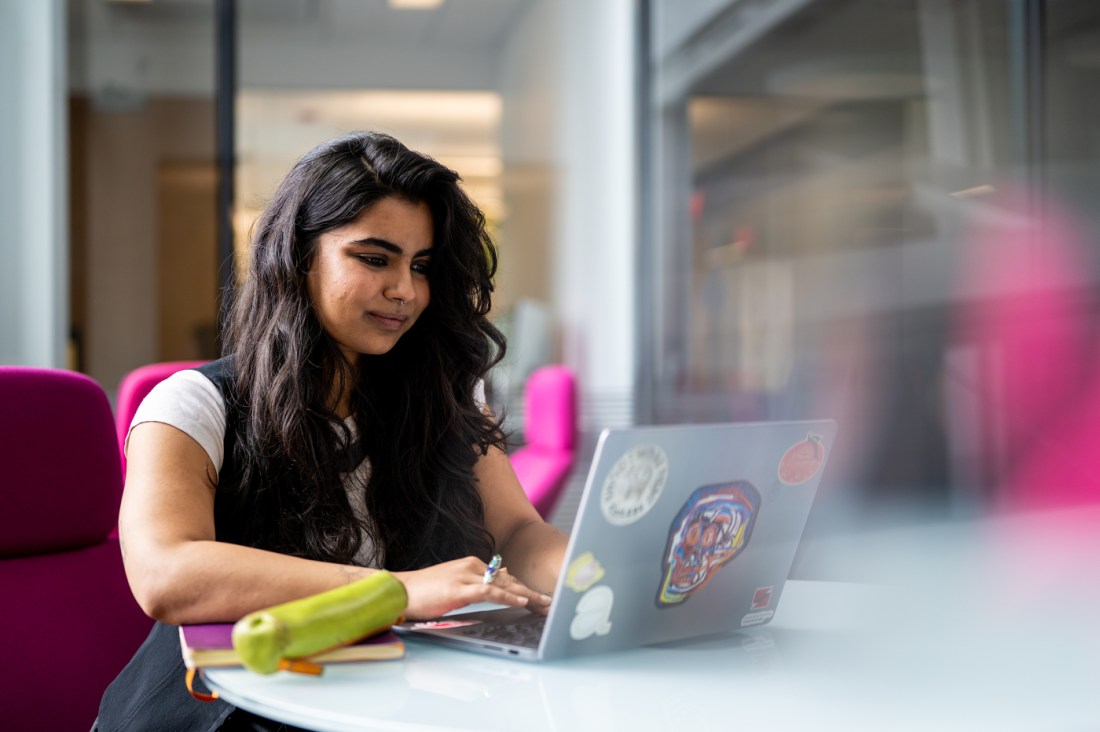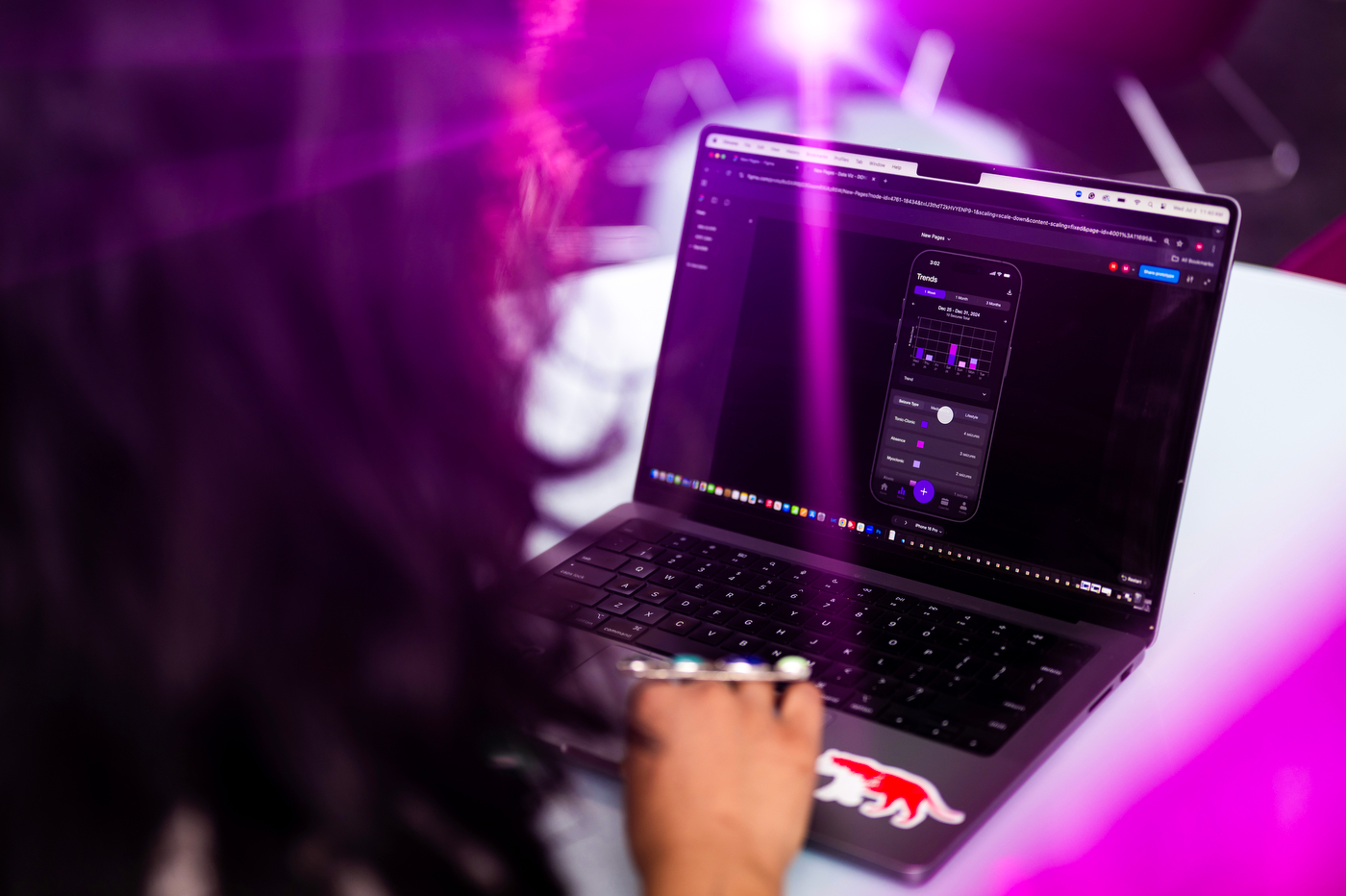Spearheaded by Mukki Gill, Zor’s app will give patients and caregivers a way to track data surrounding epileptic seizures

Muskaan “Mukki” Gill knows how difficult it can be living with seizures.
Her younger brother, Zor, has Dravet syndrome, a genetic disorder that causes random, frequent and prolonged seizures.
Seeing how this affected her brother’s life, Gill, a fifth-year mechanical engineering and history student at Northeastern University, decided to create a company — named after her brother — that will eventually build a device that can use biomarkers on a patient’s breath to predict when a seizure will strike.
After a co-op at the Sherman Center and receiving funding from Northeastern’s Women Who Empower initiative, she is now launching ZOR! with an app that will help patients and caretakers track their seizures.
Created with the help of 16 fellow students, a beta version of the app is expected to launch on Sept. 1. There is already a waitlist available to interested potential users.
“The main focus of the app is to standardize and centralize seizure management,” Gill says. “My mom puts all of my brother’s seizures and medication changes in a Notes app, and I realized that’s what everyone’s doing. And we have access to so many kinds of data that correlate and resonate with patients, and there’s no way to connect them all. What the app does is it brings that all together.”

Gil got the idea for the app last year while doing I-Corps, a program that helps turn research into commercial success. While doing various customer discoveries, she realized that there’s no standardized or centralized way to track epileptic seizures — and share that information with clinicians.
Gil came up with the idea for a tracking app and worked with Northeastern mentors and Scout to create a website and app wireframes. She then brought together a team of fellow students, 10 of whom are now building an iOS app. A beta version will launch soon through Apple Health, and Gil hopes it will eventually work with other wearable health trackers too.
The app has a calendar where patients can input when seizures happen, what medications they’re on, when they do or don’t take those medications, and when those medications change. The app allows them to track these metrics and then gives personalized insights and charts on seizure activity. These can be exported and shared with clinicians.
Students working on Zor sought insight from Mass General Hospital and nonprofits such as the Dravet Syndrome Foundation and the Epilepsy Foundation of New England; they spoke with patients and caregivers to get insights on what would be helpful to include on the app.
Matthew Garcia, a fourth-year electrical and computer engineering major, is working on AI aspects of the app, so it can look at the patient’s data and see where things have shifted, whether it be an uptick in sleep or heart rate.
“The main thing I’m focusing on is gathering insights from the present data and then anomaly detection from that,” he says. “There’s definitely been a lot of refinements within that sphere. But the key thing is focusing on (being) able to get an aggregate trend … then by getting deviations from some threshold, then we can find an anomaly there and then, based on this anomaly, give more important statistical information.”
The hope is to eventually be able to tell patients the conditions surrounding their seizures based on the data they’ve input, so they can see if there are any trends in when, where or how often they have them.
“The goal is that once we gather more data, then we can really make more robust predictions and hopefully get a risk level down the line,” he says. “ But right now, more about getting insights.”
Gill is also working with Laura Mesenero Medina, a recent international business graduate, to develop a Spanish version of the app to reach a global market.
“The global market is much less crowded than the U.S. market,” Gill says. “And that’s where the need is. Most people have phones at this point so this could really be utilized across the world.”
Gill has also not forgotten her original goal of making a device that can use biomarkers to predict seizures and is sponsoring a bioengineering capstone where six students will work to develop a nasal device that will monitor the breath data researchers need to analyze. Gill says they’re also looking for research partners that can help with funding.
“Our goal is to take that device and further utilize it in research purposes and exploration to validate this hypothesis further,” Gill says. “The app we’re developing now is going to serve as a platform between us and our users to build trust and community. Once that device is able to be regulated and given out to the users, they can integrate it into the app. We’re working toward having a more holistic predictive system for epileptic patients and their caregivers.”
